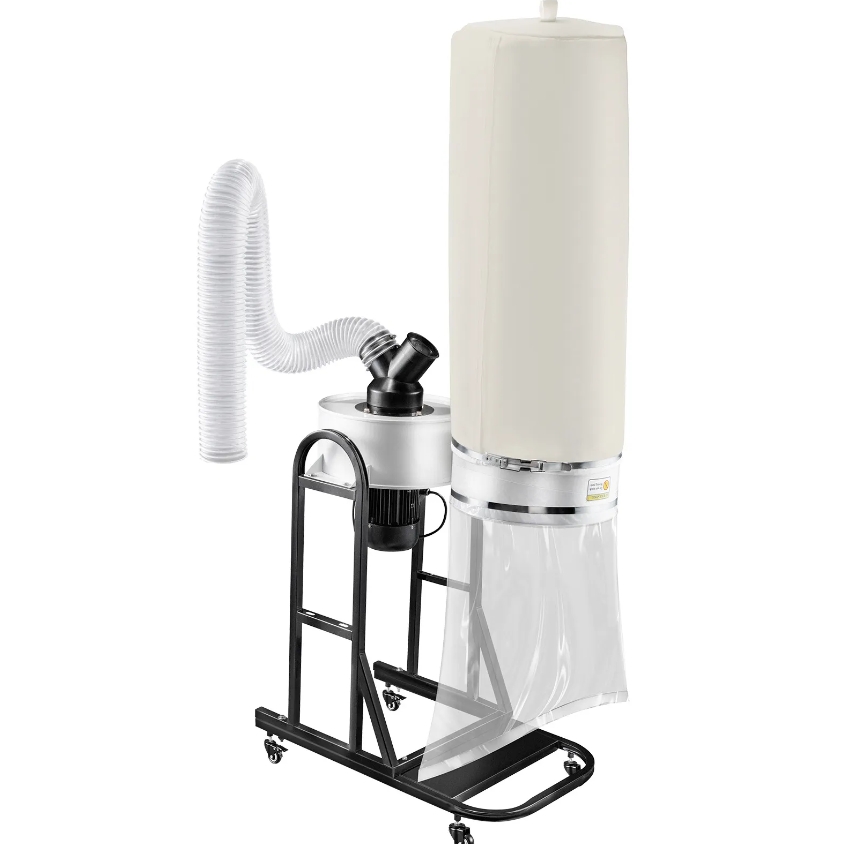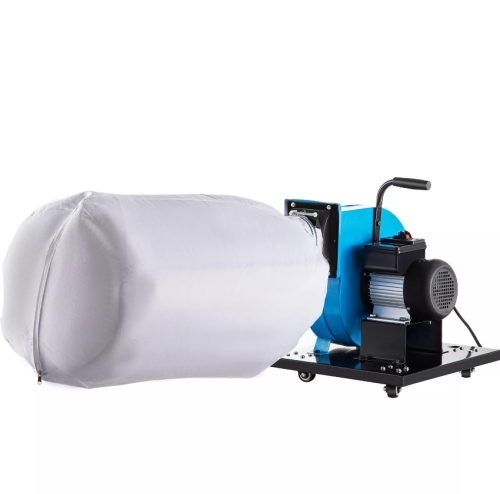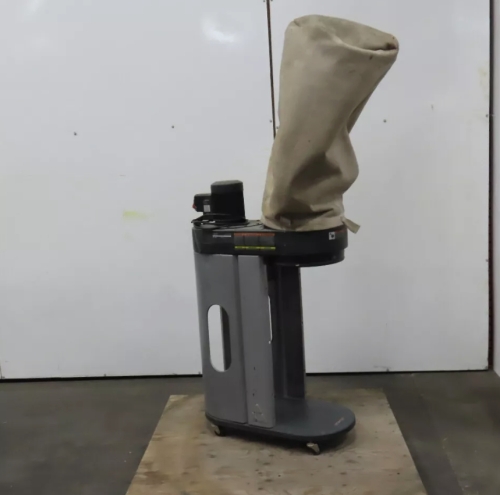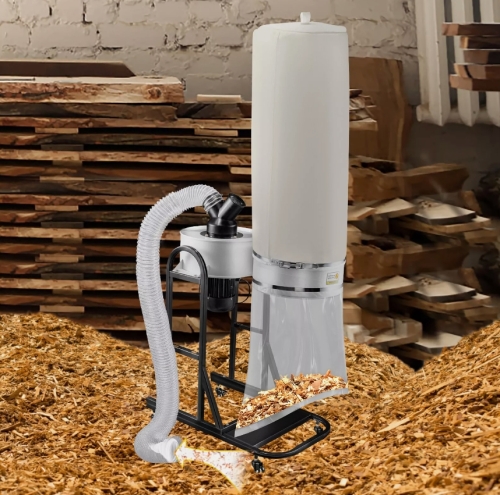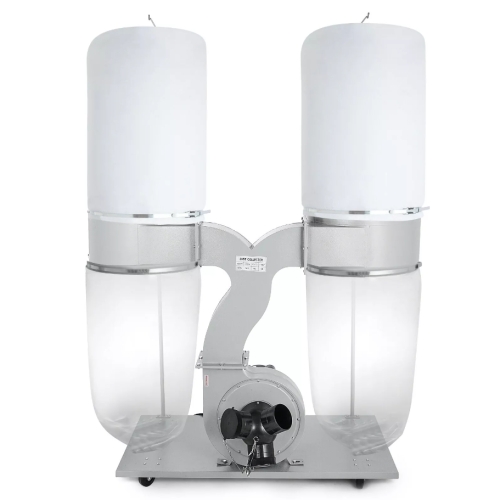A vacuum cleaner is a widely used cleaning tool in home and commercial environments designed to efficiently remove dust, dirt and tiny particles from floors and other surfaces. Since its first introduction in the early 20th century, vacuum cleaners have undergone significant development and innovation, becoming an indispensable partner in modern clean living.
Modern vacuum cleaners can be divided into many types according to their different functions and designs. The most common types include vertical vacuum cleaners, horizontal vacuum cleaners, handheld vacuum cleaners, and robotic vacuum cleaners. Vertical vacuum cleaners are usually suitable for large area of ground cleaning, with strong suction and large capacity dust bucket; The horizontal vacuum cleaner is more flexible and suitable for cleaning hard-to-reach areas such as sofas and under beds. Handheld vacuum cleaners are especially suitable for cleaning small areas and car interiors because of their portability. In recent years, because of its high degree of intelligence, robot vacuum cleaners can automatically plan cleaning routes and complete cleaning tasks independently, which has gradually become the choice of more and more families.
The working principle of a vacuum cleaner is relatively simple. It uses an electric motor to drive a fan, which creates negative pressure and draws in the surrounding air and dirt. The inhaled air and dirt pass through the filtration system to achieve effective separation, thus achieving cleanliness. Today, many vacuum cleaners are equipped with highly efficient HEPA filters that effectively trap tiny particles and allergens, ensuring cleaner air for people with allergies.

